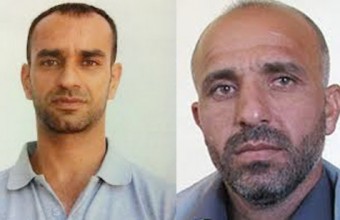Category: Press Releases
-
Israeli forces attack Tammun. 4 injured from live bullets
1 January 2013 | International Solidarity Movement, Tammun, Occupied Palestine From 9am to 6pm Israeli special forces, regular army and border police attacked the village of Tammun, south of Jenin. They used helicopters, many soldiers firing live rounds of ammunition, tear gas and plastic coated steel bullets. 35 people were injured, including 4 with live…
-
A call from Palestine to the EU four years after Israel’s 2008 war on Gaza
27 December 2012 | Occupied Palestine To take action click: https://palsolidarity.org/timeforjustice/ On the fourth anniversary of Israel’s 2008-2009 war on Gaza in which it killed 1400 Palestinians including 300 children, a call urging EU citizens to ask their representatives to suspend the EU’s trade agreements with Israel, until it complies with international law has been…
-
An appeal to the international community to save the lives of Palestinian administrative detainees on hunger strike, al-Sharawna and al-Eissawi
20 December 2012 | Palestinian Centre for Human Rights The Palestinian Centre for Human Rights (PCHR) expresses extreme concern over the fate of Ayman al-Sharawna and Samer al-Eissawi, who have been on hunger strike in Israeli jails. PCHR holds the Israeli Occupation Forces accountable for these lives, and calls upon the international community to exert…

